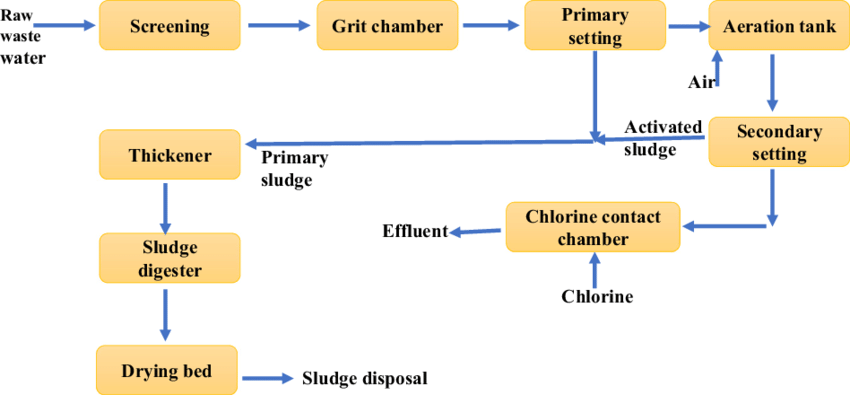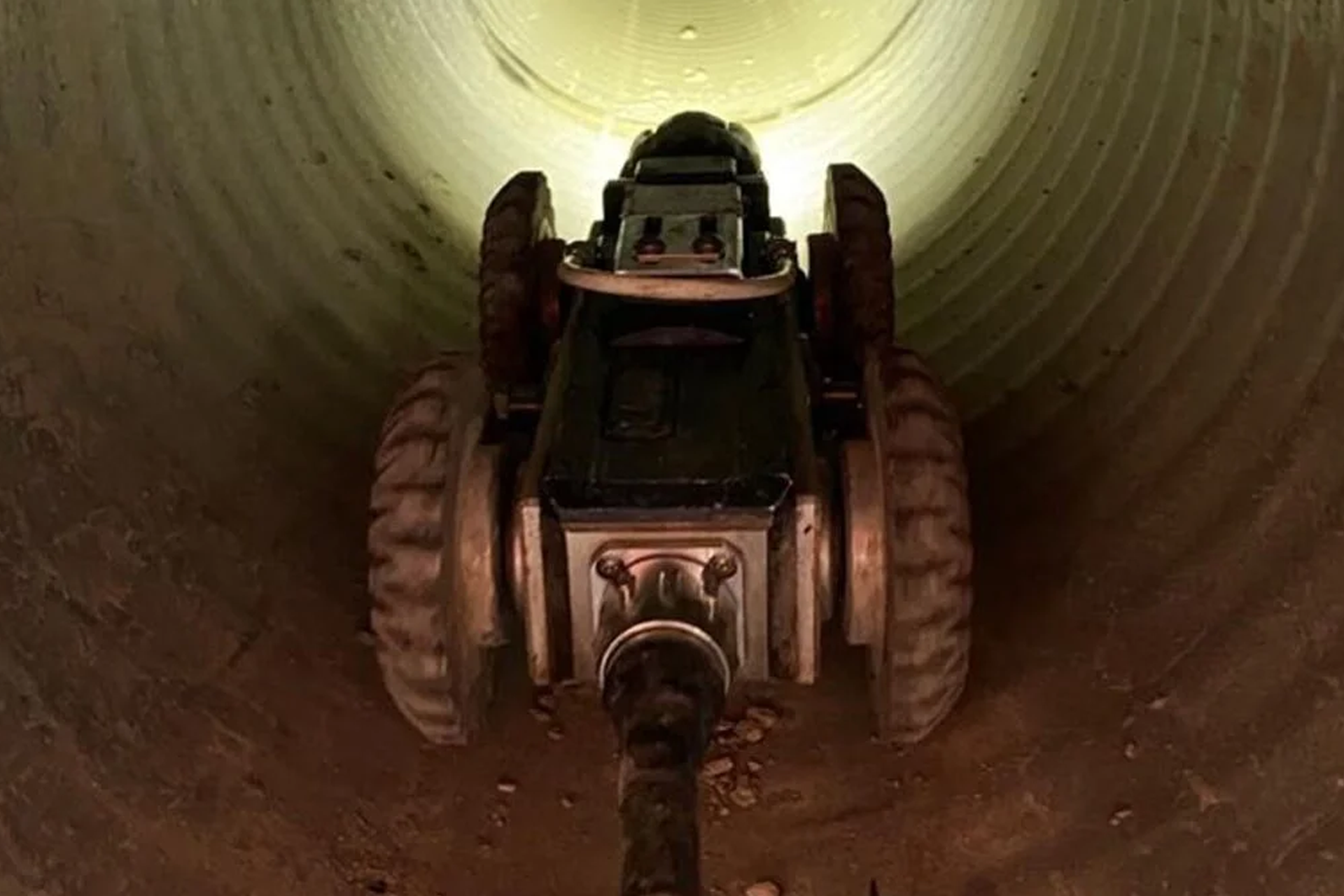An Unbiased View of Reclaim Waste
An Unbiased View of Reclaim Waste
Blog Article
Not known Details About Reclaim Waste
Table of ContentsFascination About Reclaim WasteNot known Incorrect Statements About Reclaim Waste The 10-Minute Rule for Reclaim WasteThe Reclaim Waste PDFs4 Easy Facts About Reclaim Waste Shown
Domestic sewer waste refers to the waste and products from a property septic tank. The proper administration and disposal of residential sewage waste need fluid waste to be transferred to a sewer therapy plant where the correct approaches and equipment are applied to detoxify and dispose of waste.
Business waste usually consists of prospective risks, such as flammable materials or a blend of liquid and strong waste items, and requires an advanced and in-depth disposal process. The disposal of commercial waste commonly involves the filtration of waste prior to transportation to make certain risk-free and proper disposal. Hazardous waste is developed from byproducts and runoff of commercial procedures and production.
This kind of waste can not make use of the exact same sewer management transport or processes as septic or industrial liquids. The commercial waste administration process calls for the examination and screening of fluid waste before it undertakes the disposal process (industrial wastewater treatment). Runoff waste is the fluid waste that comes from overflow and excess stormwater in highly populated locations or cities
Drainage waste can trigger contamination and flooding if not managed appropriately. Making certain appropriate waste monitoring can stop calamities and decrease environmental injury.
Little Known Facts About Reclaim Waste.
Call PROS Solutions today to find out about our waste administration and disposal services and the correct methods to care for the liquid waste you create.
(https://myspace.com/reclaimwaste1)This so-called 'wastewater' is not just a vital resource but, after therapy, will be launched to our land, waterways or the ocean. Used water from bathrooms, showers, baths, kitchen sinks, laundries and commercial procedures is understood as wastewater.

water made use of to cool down machinery or clean plant and devices). Stormwater, a kind of wastewater, is overflow that moves from agricultural and city locations such as roofings, parks, gardens, roads, paths and gutters into stormwater drains, after rain. Stormwater moves without treatment directly to local creeks or rivers, ultimately getting to the ocean.
Reclaim Waste Things To Know Before You Get This
In Queensland, most wastewater is dealt with at sewage therapy plants. Wastewater is carried from domestic or commercial sites via a system of sewers and pump stations, understood as sewage reticulation, to a sewage treatment plant.
The Department of Natural Resources recommends neighborhood governments about managing, operating and keeping sewage systems and treatment plants. In unsewered areas, local governments might require homeowners to set up specific or house sewer therapy systems to deal with residential wastewater from bathrooms, kitchen areas, bathrooms and washings. The Department of Natural Resources authorizes the use of house systems when they are proven to be efficient.
A lot of stormwater receives no treatment. In some brand-new class, therapy of some stormwater to get rid of trash, sand and gravel has started using gross contaminant catches. Wastewater therapy takes place in four phases: Gets rid of solid matter. Bigger solids, such as plastics and various other items incorrectly released to sewage systems, are removed when wastewater is travelled through displays.
Wastewater then flows into large tanks where solids clear up and are gotten rid of as sludge. Grease and scum are skimmed from the surface. Utilizes small living microorganisms recognizes as micro-organisms to damage down and eliminate staying liquified wastes and fine bits. Micro-organisms and wastes are integrated in the sludge. Removes nitrogen and phosphorus nutrients that could trigger algal flowers in our waterways and threaten water life.
Getting My Reclaim Waste To Work
Nutrient removal is not readily available in all sewage treatment plants due to the fact that it calls for pricey specialized tools. It is ending up being much more common in Queensland. Clear liquid effluent created after treatment may still include disease-causing micro-organisms. If this effluent is launched into waterways such as rivers or the sea, the micro-organisms will at some point pass away out.

This usually implies wastewater needs to be dealt with or impurities eliminated prior to it can be released to waterways. Most wastewater flows into the sewage system. Under the Act, regional federal governments provide approvals and permits for environmentally appropriate activities (Periods) involving wastewater launches that may have a regional effect. The division administers authorizations and permits to ERAs involving wastewater releases that might have a local or statewide influence.
The Reclaim Waste Statements
Otherwise, examples are taken for research laboratory analysis. Frequently visit the website lots of tests are needed to establish the levels of each of the different pollutants such as oils, heavy metals and pesticides in water. Surveillance supplies valid details concerning water top quality and can verify that permit problems are being met. The details gotten via monitoring gives the basis for making water top quality decisions.
Report this page